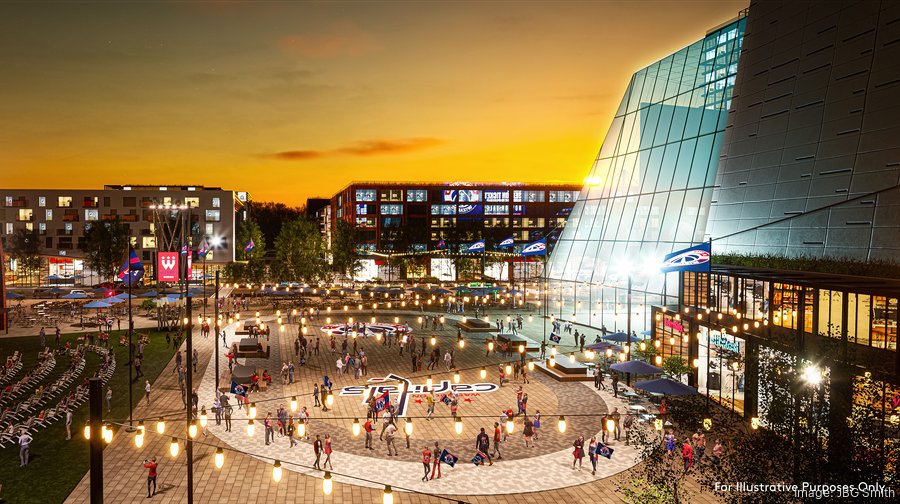Introduction to Potomac Yard
Potomac Yard, an area in Alexandria, Virginia, situated strategically between notable neighborhoods, has recently gained significant attention. Its evolution from a historic rail yard to a modern center of commerce highlights its dynamic nature.
Monumental’s Vision for Potomac Yard
Monumental Sports & Entertainment has unveiled ambitious plans for Potomac Yard, proposing a 20,000-seat arena as part of a new entertainment district. This expansive project encompasses a performing arts center, esports center, headquarters for Monumental, and various recreational facilities. The district is poised to break ground in 2025 and open its doors in late 2028, subject to approvals.
Funding the Potomac Yard Project
The funding strategy for this mega project includes a significant financial contribution from Monumental, bond issuance by a new state stadium authority, and contributions from Virginia and Alexandria. This collaborative funding approach underscores the project’s importance and potential impact.
Potomac Yard’s Historical Significance
Tracing back its roots, Potomac Yard was a bustling railyard, pivotal in the 20th century. Its decline in rail prominence led to various redevelopment phases, including plans for an NFL stadium and the emergence of a successful shopping center.
Current Ownership and Management
Today, Potomac Yard is owned by an unnamed pension fund, with JPMorgan Chase & Co. managing the assets and JBG Smith as the master developer. This ownership structure plays a crucial role in the area’s ongoing development.
The Challenge of Replanning Potomac Yard
Reenvisioning Potomac Yard for the new sports arena requires significant changes to the city’s master plan and the specific development district plan. These changes are not unprecedented in Alexandria’s planning history, reflecting the city’s adaptability to evolving needs.
Transportation and Accessibility in Potomac Yard
The area is served by the Potomac Yard Metro station and the Metroway bus rapid transit line, with upcoming transportation improvements announced to accommodate the new arena. However, concerns about increased traffic and its impact on local neighborhoods remain a topic of discussion.
Conclusion
The development at Potomac Yard symbolizes a blend of historical respect and futuristic vision, promising to transform Alexandria’s landscape while honoring its past. As the project progresses, it’s poised to become a central hub for sports, entertainment, and community engagement in Northern Virginia.




